Need some more inspiration? Here is a set of monthly challenges for you to solve! Brainstorm, draft, prototype and share with us how you do!
-
-
 CN Tower:
CN Tower:
Completed in 1976 and was considered the world’s tallest tower until 2009*! Originally CN referred to Canadian National. Redesign the CN tower’s architecture so that it celebrates Toronto’s diversity (age, ability, gender, race, religion,… etc) Click here to learn more! -
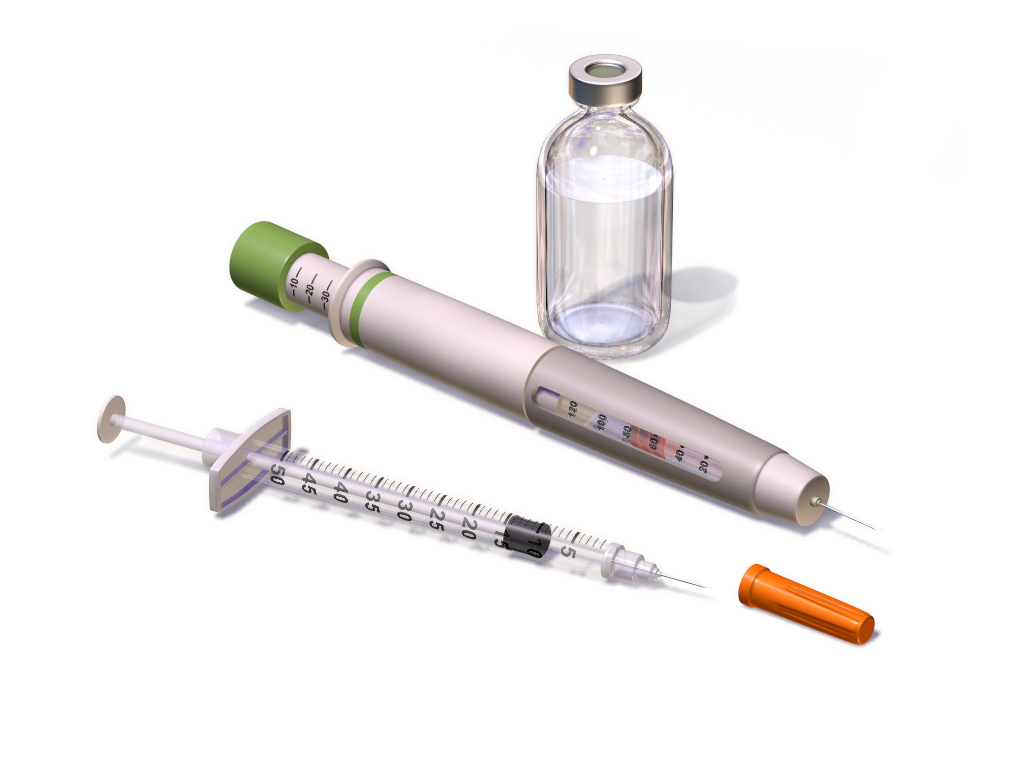 Insulin:
Insulin:
In 1922, Frederick Banting, Charles Best and James Collip under the supervision of J.J.R. Macleod, used insulin in humans for the first time as a treatment for diabetes in Toronto, Canada*! Develop a new user friendly syringe for diabetic patients who need to inject in insulin and have compromised hand dexterity. Click here to learn more! -
 Wheelchair Accessible Bus:
Wheelchair Accessible Bus:
Invented in 1947, by Walter Harris Callow who himself had multiple disabilities. The inspiration came from his desire to support veterans with disability who were returning from WW2 as he himself was a veteran*. How would you redesign the wheelchair accessible bus for better accessibility and inclusion? Click here to learn more! -
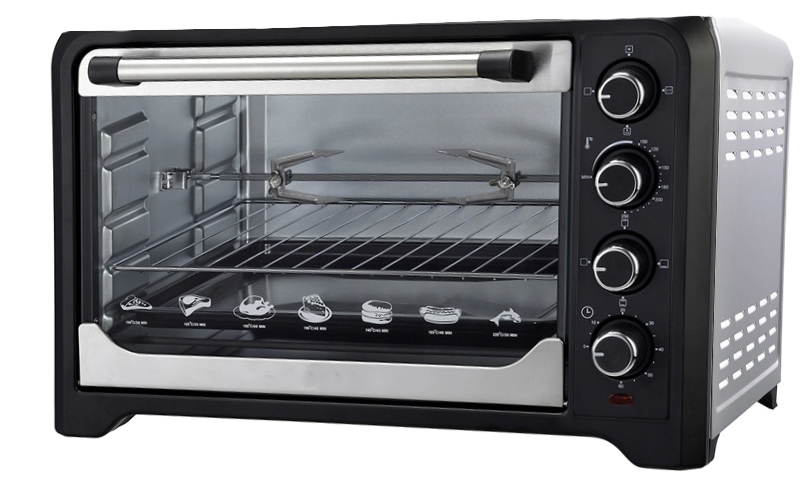 Electric Oven:
Electric Oven:
In 1892, at Windsor Hotel in Ottawa, Thomas Ahearn prepared the first dinner on an electric range oven that he designed himself!* Design an electrical oven that is user friendly for people with low vision, vision impairment and vision loss! Click here to learn more! 
Collerette Ladder for Firefighting:
Named after the inventor, the collerette ladder was invented by a montreal based firefighter and demonstrated in 1896*! Consider the safety issues that firefighters face when using the collerette ladder and redesign it for a safer option! Click here to learn more!-
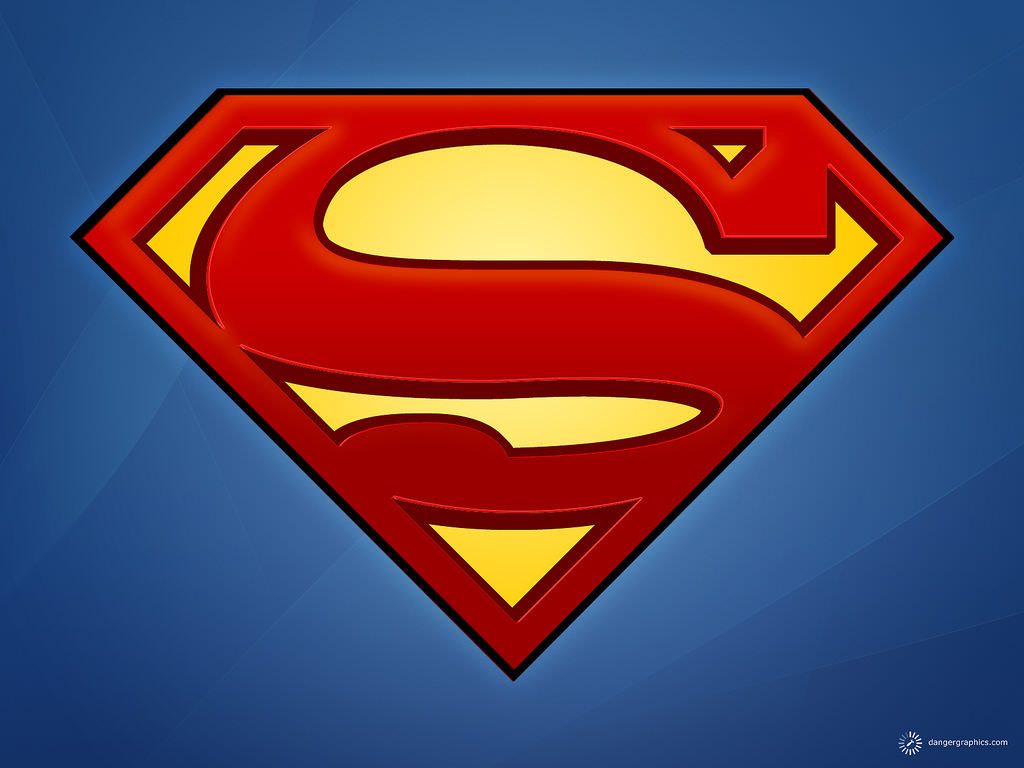 Superman:
Superman:
Written by the American writer Jerry Siegel and illustrated by the Canadian artist Joe Shuster in 1933*; this comic hero is as popular as he was in the past! Create an illustrated short comic story of superman/woman/human with disability and showcase their superpowers! Click here to learn more! -
 Jolly Jumper:
Jolly Jumper:
Inspired by First Nations’ traditional cradleboard, Olivia Poole designed the Jolly Jumper in 1910 at first for her son, Joseph, and then made it to the market in 1957*. Redesign the Jolly jumper so that it accommodates babies with limb amputation! Click here to learn more! -
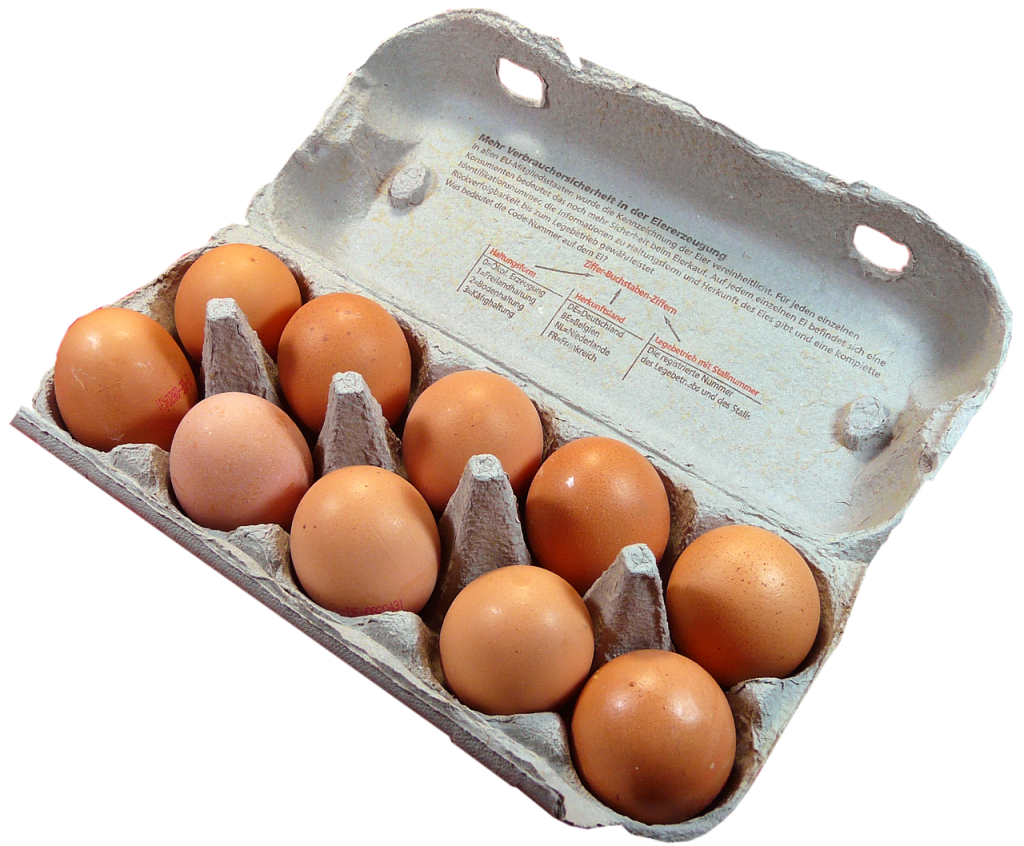 Egg Carton:
Egg Carton:
Invented in 1911 by the newspaper editor Joseph Coyle*! This invention has saved so many eggs from being cracked during shipment and delivery! How can you redesign the egg carton for better stability so that individuals with severe hand essential tremor could carry it easily? Click here to learn more! -
 Five Pin Bowling:
Five Pin Bowling:
Only played in Canada*! This bowling game is enjoyed by so many! Create an assistive tool that would help people with severe hand arthritis play 5 pin-bowling and enjoy the game with no pain! Click here to learn more! -
 Poutine:
Poutine:
Regardless of the many stories of how poutine was first made, this delicious Quebecois dish surely spread fast all across Canada and became a favourite to so many! How can you create poutine so that it is easy to swallow for people with disability and who require assisted feeding? What’s a way to make poutine inclusive for people who choose meat and gluten alternates? -
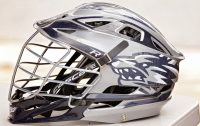 Goalie Mask:
Goalie Mask:
All thanks to Jacques Plante and his insistence on wearing his own-made fiberglass mask after being hit badly in the face during a hockey game in 1959, that now all hockey players are playing safe*! How would you redesign the Goalie Mask so that it adapts to diverse cultures and accommodates the needs of athletes who need to wear their turban or scarf? Click here to learn more! -
 Snowmobile:
Snowmobile:
When Joseph-Armand Bombardier, invented the snowmobile in 1937, his first buyers of the vehicles were doctors and ambulance drivers who lived in remote areas! Thanks to his invention, many lives were saved on snowy days*! Redesign the snowmobile so that a wheelchair user can also use it Click here to learn more! -
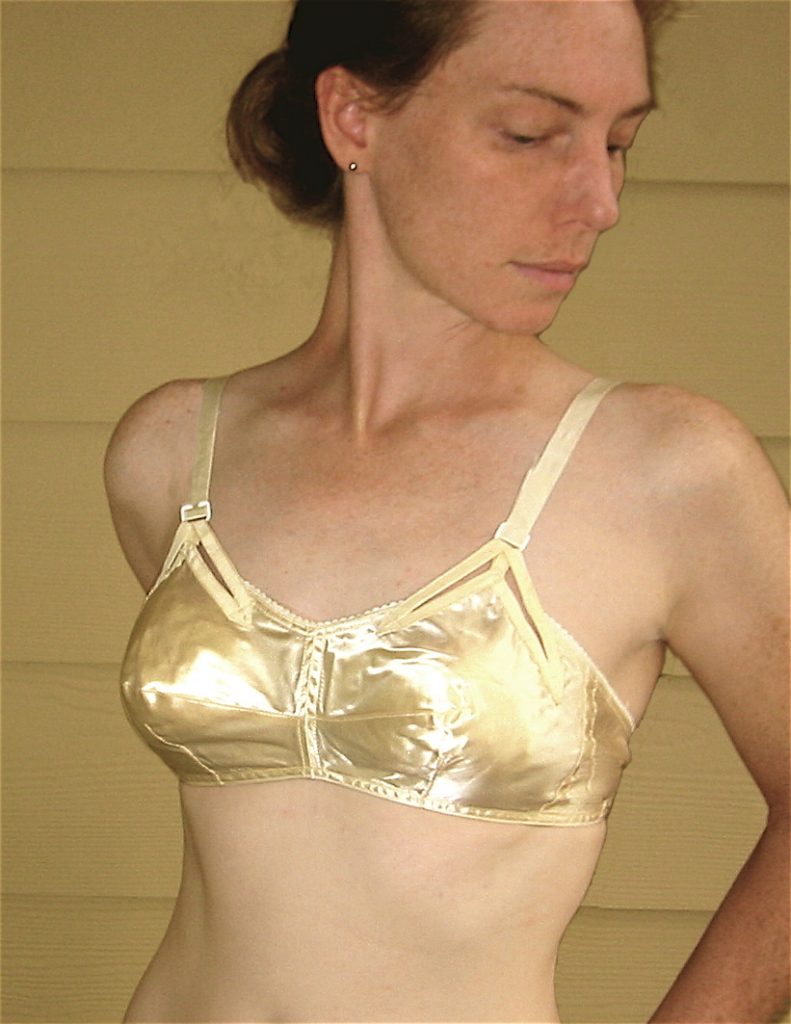 WonderBra:
WonderBra:
The wonderbra was designed by Louise Porier, in Quebec, 1961*! We are even using the similar outline of the design in the present. Redesign it so that a person with an arm amputation or a dexterity challenge is able to put it on/take it off easily. Click here to learn more! -
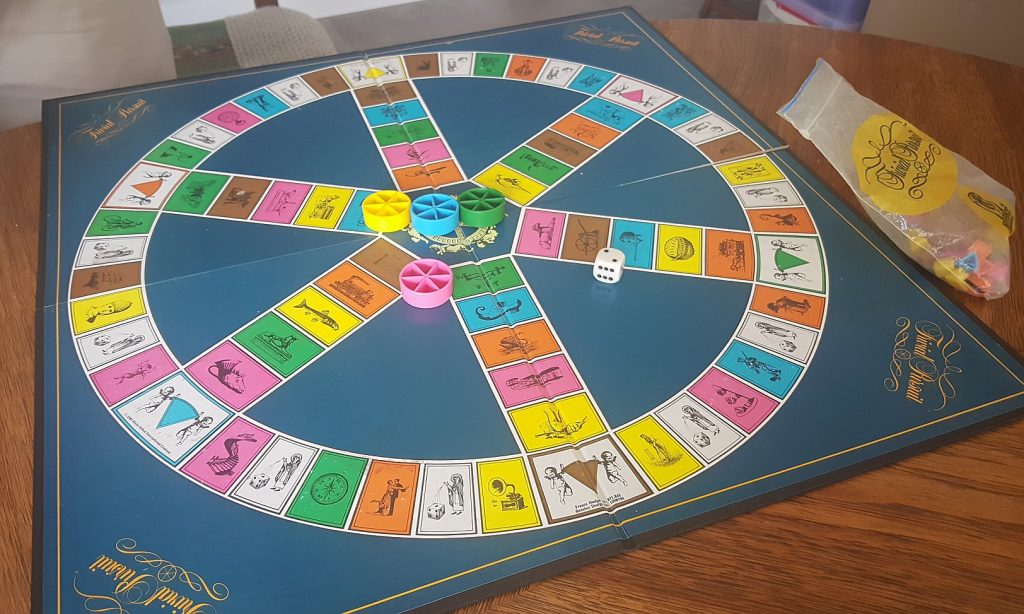 Trivial Pursuit:
Trivial Pursuit:
Designed by Chris Haney and Scott Abbott in 1979, Montreal*, this board game surely adds lots of fun times to any gathering! How can this board game be enjoyed by individuals who are blind or have cognitive impairments? Redesign the game so that more diverse individuals can play it too! Click here to learn more! -
 Caulking Gun:
Caulking Gun:
Caulking gun certainly makes any renovation project much easier, it is used to seal joints and cracks! It was created by Theodore Witte in 1894. How would you recreate the current caulking gun so that a person who has trouble squeezing the grips could use it too? -
 Lacrsosse:
Lacrsosse:
Codified by William George Beers in 1860, Lacrosse was originally apart of Native American cultural traditions. They believed that by taking part in this ritual, it was a way of sending their thanks to their creator. It is believed to be formed as early as 1100 AD*. How would you make the game inclusive of people with disabilities or what steps would you consider to decolonize Lacrosse and bring it back to its First Nations roots? Click here to learn more! 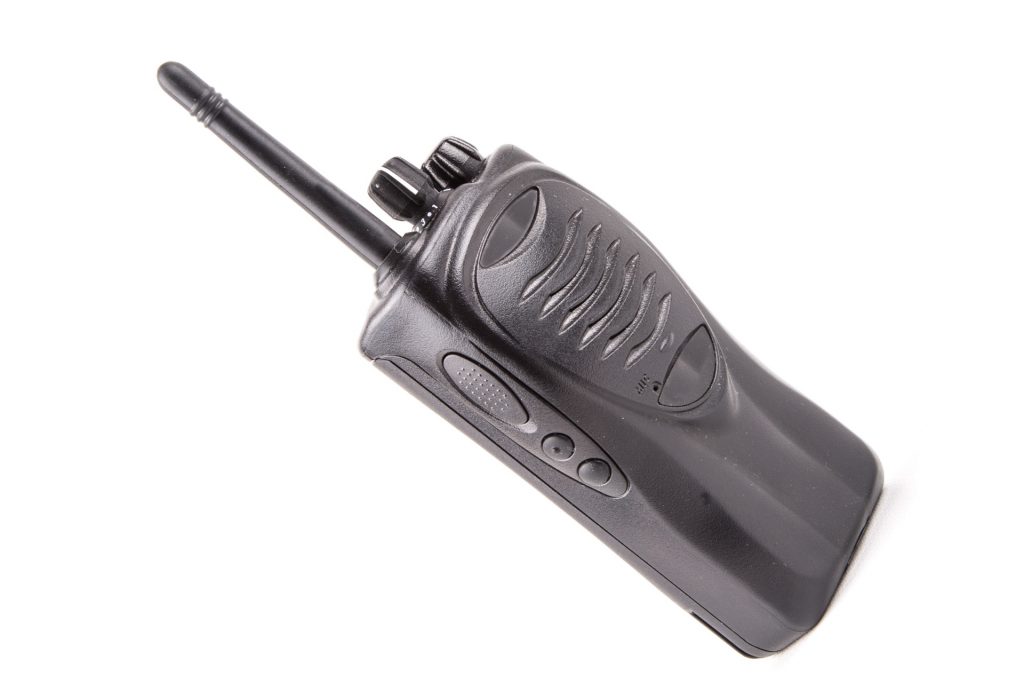
Walkie-Talkie:
Invented by Donald Hings in 1937, walkie talkies were first used by pilots, of the Consolidated Mining and Smelting Company, when flying over remote areas. In 1939, when the war started, walkie-talkies became valuable military technology*. How can you use or modify a Walkie-Talkie to support accessibiltiy and inlcusion? Click here to learn more!-
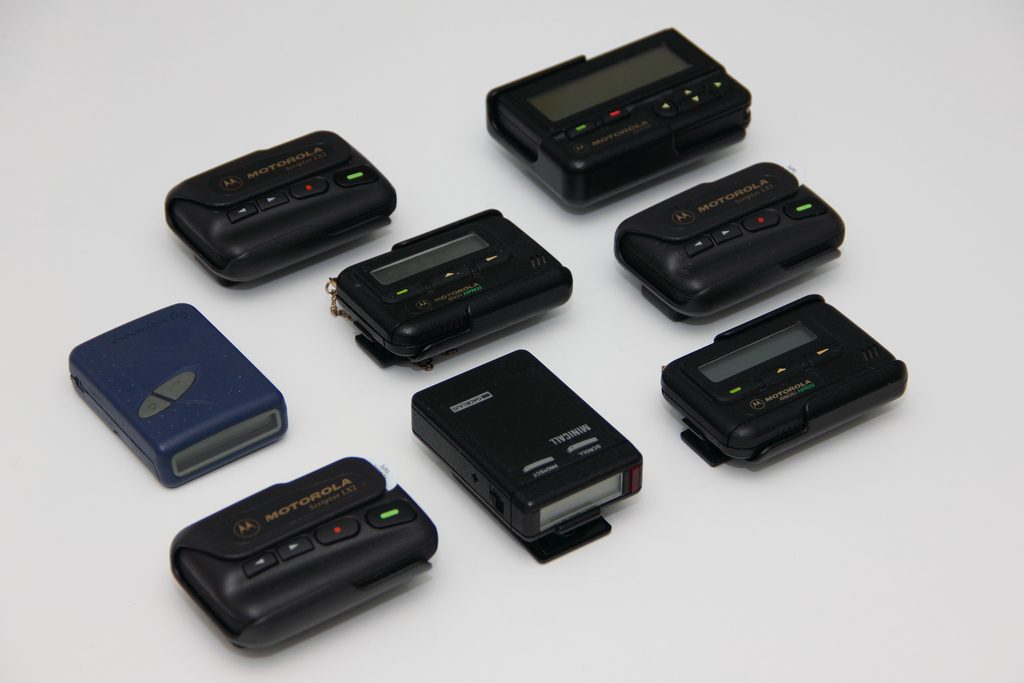 Pagers:
Pagers:
Believe it or not, pagers are still being used to this day especially by emergency service providers and in hospitals; due to their reliable signal, it can withstand natural and manmade disasters!* Design a pager that is accessible for individuals who are blind! Click here to learn more! -
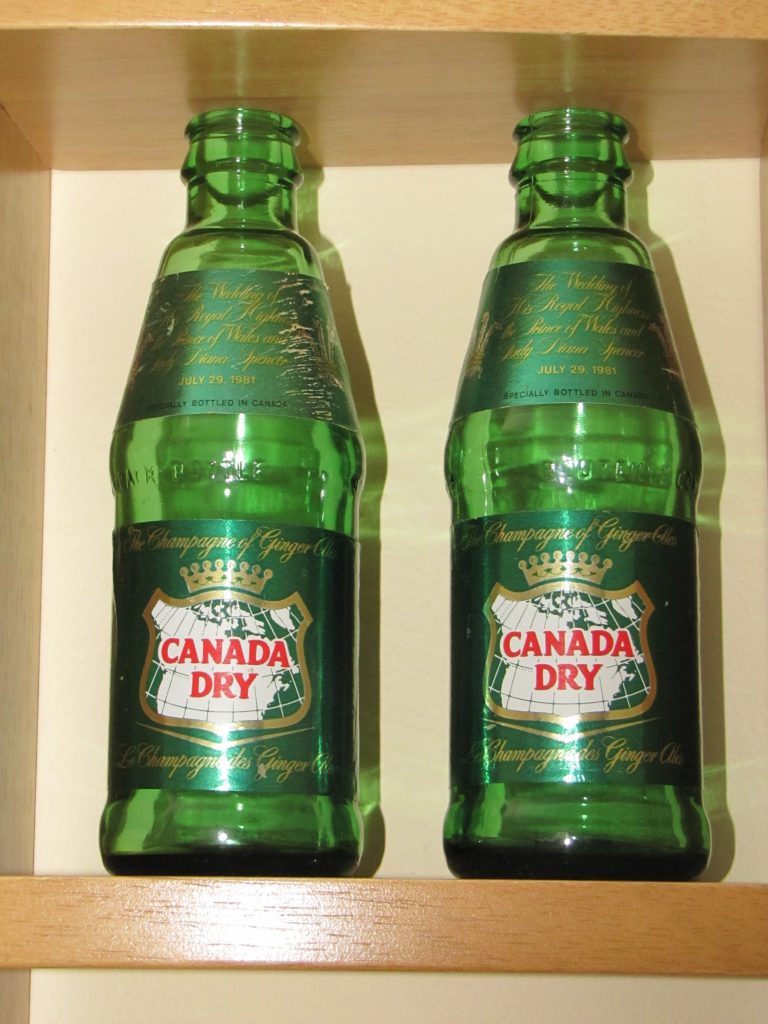 Canada Dry Ginger Ale:
Canada Dry Ginger Ale:
Believe it or not, Canada Dry Ginger Ale’s inventor, John. J. McLaughlin, was a pharmacist and chemist!* Redesign Ginger Ale bottles so that a person who has tremors, dificulty with grip or limited or no arm movement to comfortably hold and enjoy the drink Click here to learn more! -
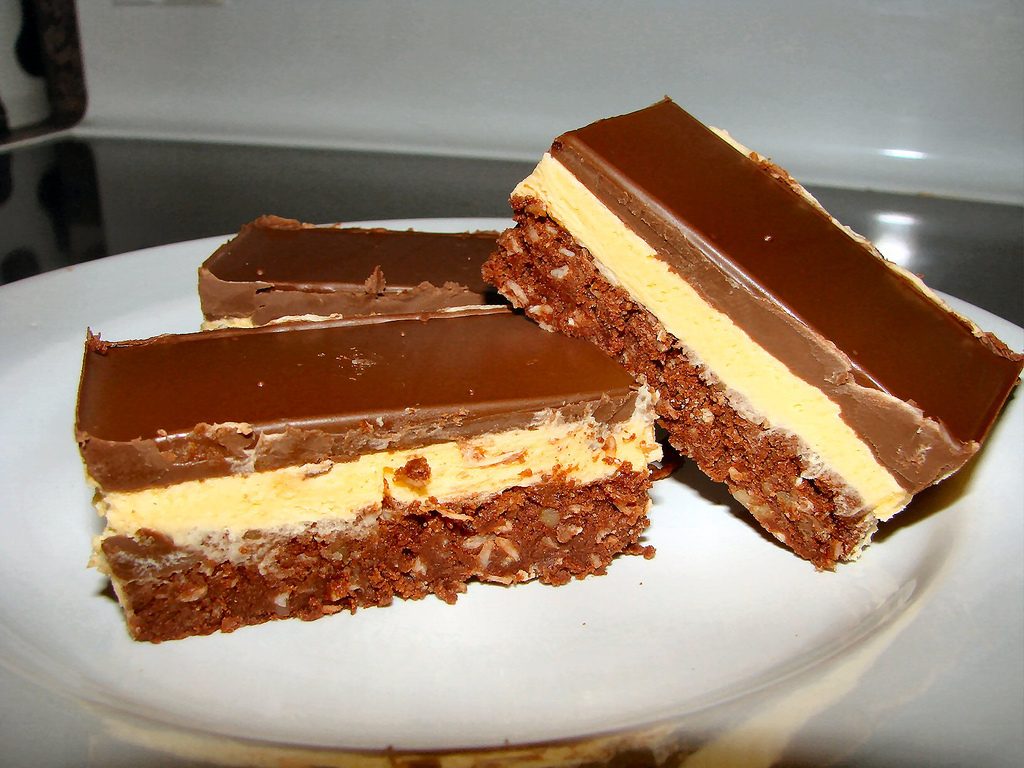 Nanaimo Bars:
Nanaimo Bars:
Named after Nanaimo city in British Columbia*, where it was created, is one of the best Canadian desserts that you can try! Invent a Nanaimo-Bar smoothie recipe so that individuals who are not able to chew can still enjoy its yummy flavour! Click here to learn more!
-
Need some more inspiration? Visit our list of Canadian Innovations to gather some more creativity!
